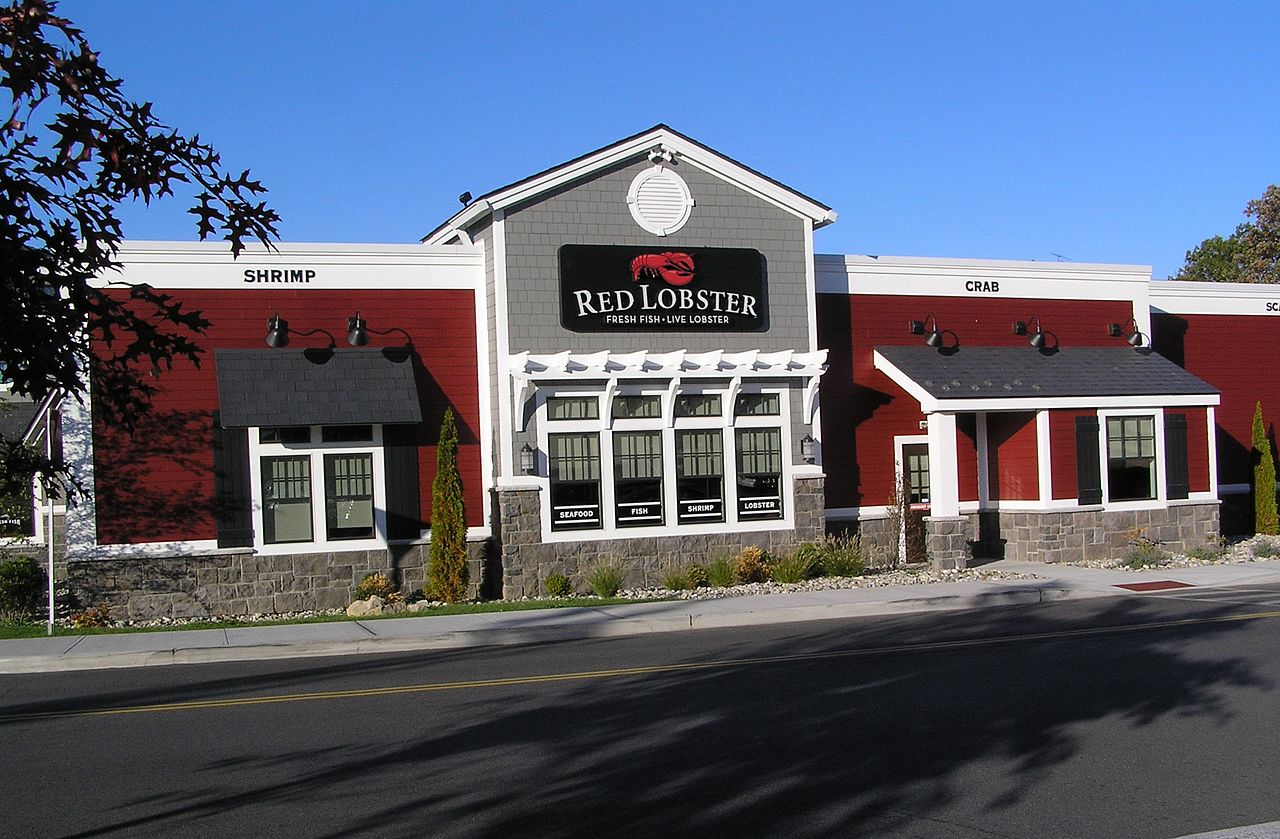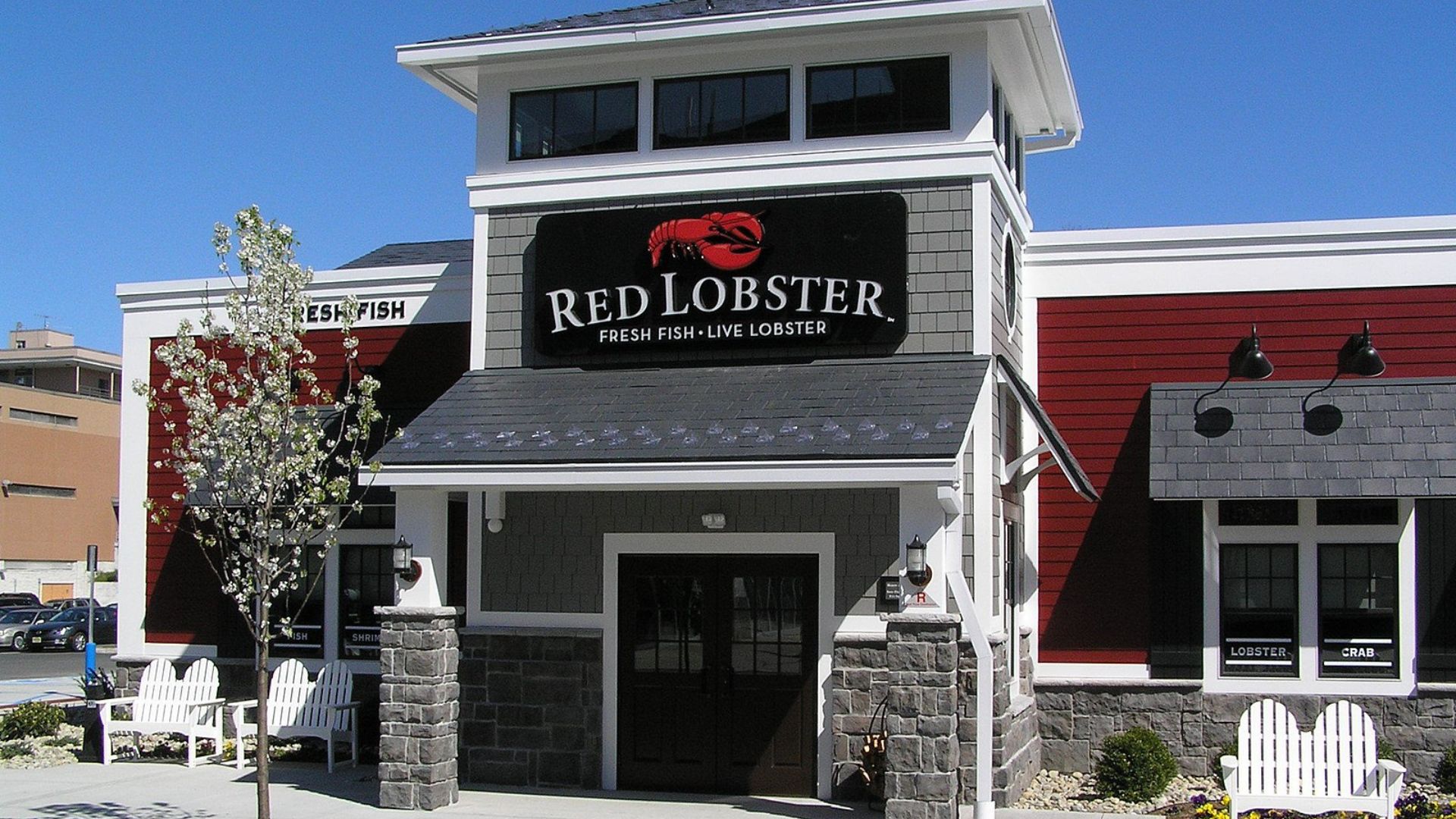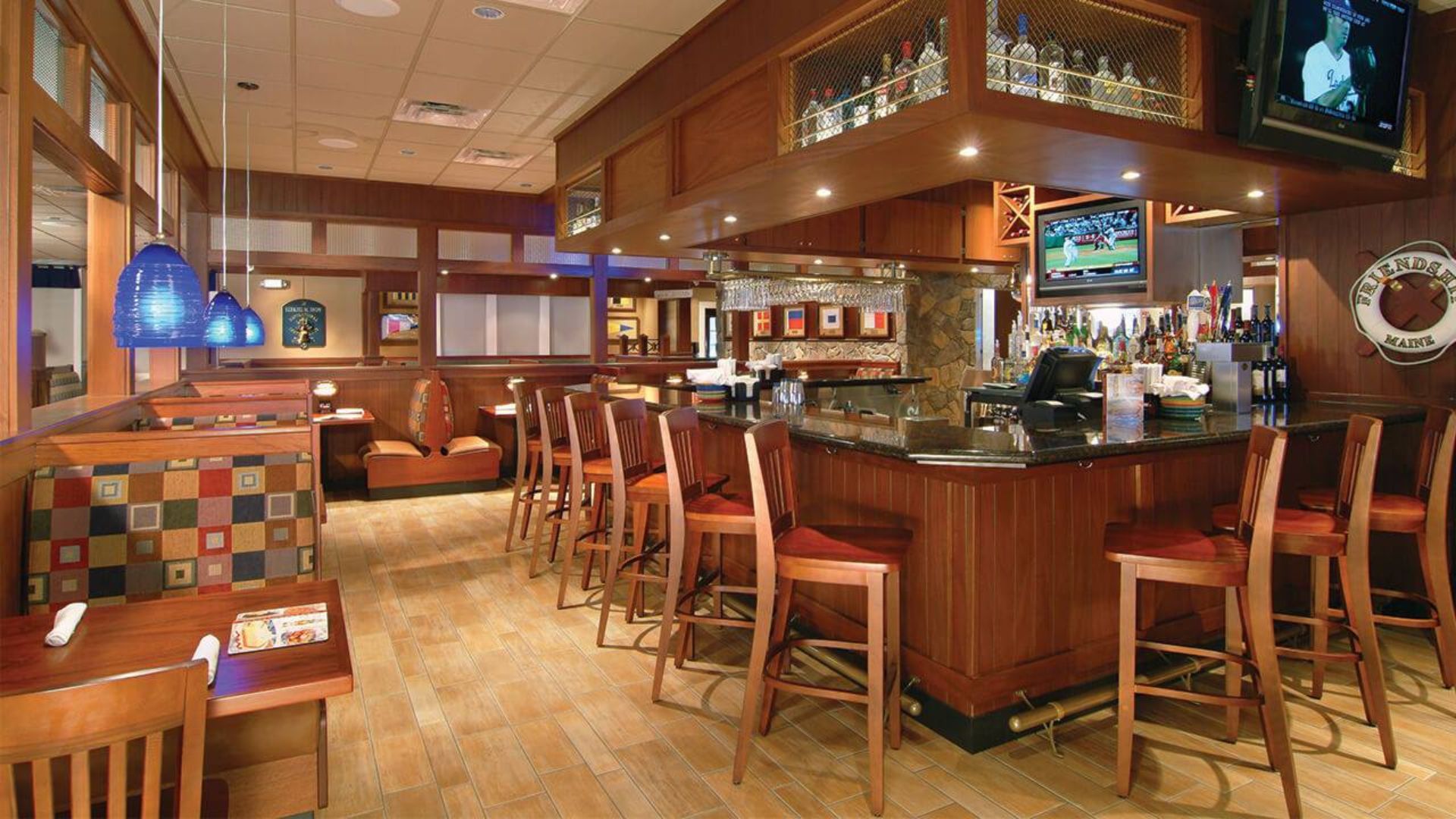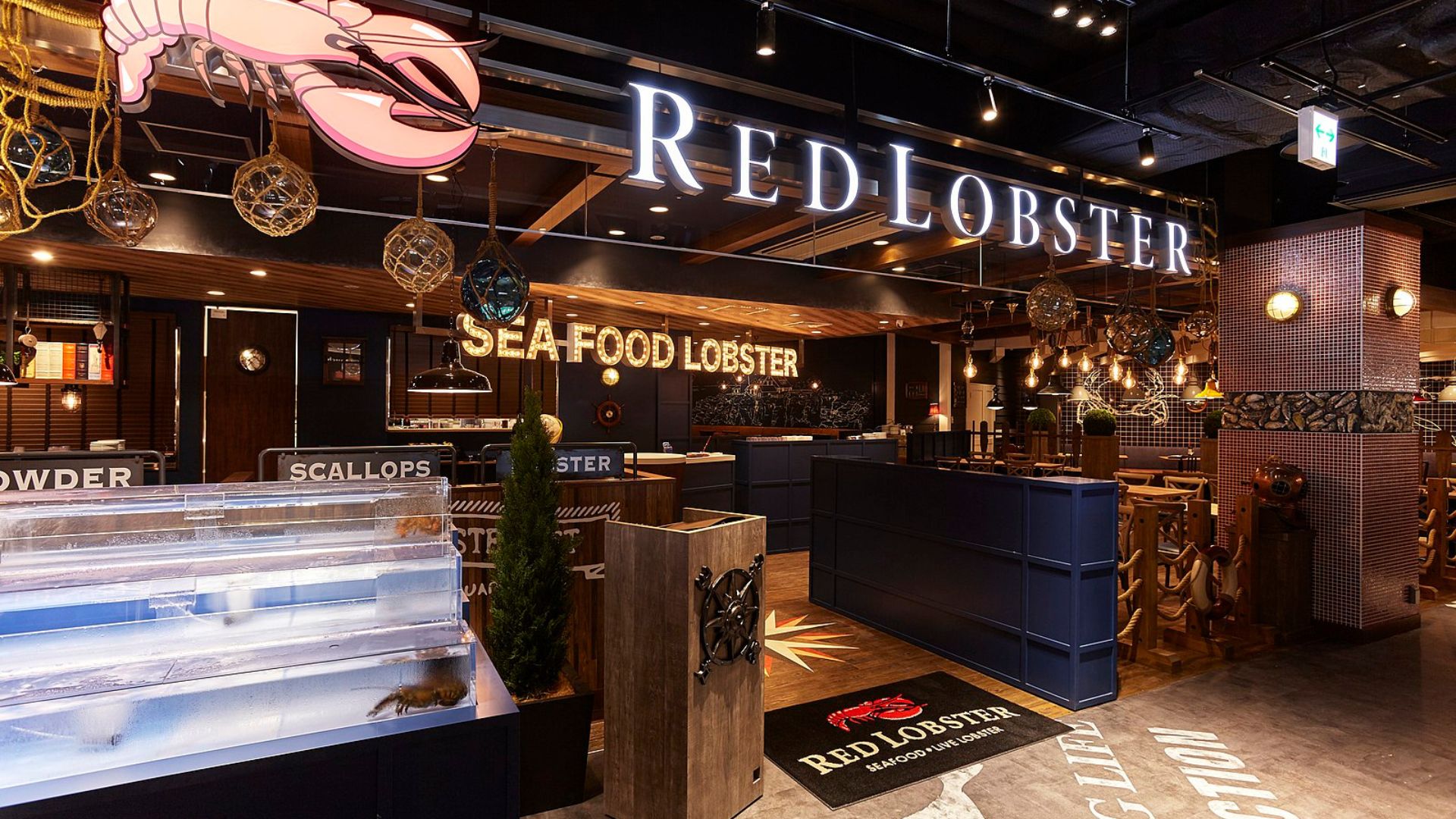“Filing for bankruptcy does not mean we are going out of business,” Red Lobster clarified in a recent statement.
Instead, the company views this move as a proactive step to restructure and strengthen amidst financial difficulties. Filed on May 21, 2023, this strategic decision allows for vital operational improvements.
Why Close Doors?

Red Lobster recently shuttered several locations as a part of its strategic overhaul.
This decision aims to focus resources on more profitable branches, optimizing the chain’s nationwide presence and improving overall financial health.
Dispelling the Myths of Bankruptcy

In the statement, posted via Facebook, the company emphasizes, “It is a legal process that allows us to make changes to our business and our cost structure.”
This common misconception often equates bankruptcy with closing down, whereas it’s actually about restructuring to come back stronger. Some businesses that declare bankruptcy actually end up thriving after going through the process.
New Leadership, New Directions

Upon his appointment as CEO on January 11, 2023, Jonathan Tibus found that “it was immediately clear that Red Lobster’s performance was deteriorating.”
His leadership is now crucial as the company navigates through these challenging times.
Dwindling Customer Base

“Red Lobster’s annual guest count has declined by approximately 30% since 2019 and has only marginally improved from pandemic levels seen during 2020 and 2021,” Tibus reported.
This trend is not unique to the seafood chain, as the restaurant industry as a whole has also been struggling with decreased foot traffic due to changing consumer habits.
Applebee’s Comparison

For example, another popular restaurant chain, Applebee’s, has also been facing declining sales and customer base in recent years.
Applebee’s has also been focusing on closing underperforming locations and investing in new technologies and menu offerings to adapt to changing consumer preferences.
Marketing Missteps and Lessons Learned

The infamous all-you-can-eat shrimp promotion was a lesson in the risks of overly aggressive marketing.
This initiative, though well-intentioned, backfired, underscoring the need for more balanced promotional strategies.
Restructuring for a Competitive Edge

Red Lobster’s restructuring process will aim to address inefficient cost structures and a sprawling restaurant footprint.
This streamlined approach is expected to enhance operational efficiency and customer satisfaction.
Enhancing the Dining Experience

Improvements in menu quality, customer service, and ambiance are on the horizon as Red Lobster aims to enhance the overall dining experience, making each visit memorable and enjoyable for guests.
Playing into a sense of nostalgia, the statement also notes, “Red Lobster is determined to be there for these moments for generations to come.”
Navigating Through Industry Competition

With the restaurant industry evolving rapidly, Red Lobster’s strategic adjustments are designed to carve out a unique market position, aiming to attract a diverse customer base with distinctive dining preferences.
This approach will lead the way for sustainable growth and success amidst fierce competition.
Revitalizing Brand and Menu

Part of the comeback strategy includes a revitalized branding and menu overhaul. These changes are aimed at drawing in a broader demographic, keen on quality seafood dining (and, of course, Cheddar Bay Biscuits).
Whether or not these changes will prove successful remains to be seen, but one thing is for sure: Red Lobster’s commitment to adapt and evolve in the face of industry challenges shows its optimism as a brand.
A (Potential) Future Forged from Resilience

“Red Lobster can continue as a stronger company going forward,” says the company, optimistic about its post-bankruptcy future.
With a robust plan and a clear vision, Red Lobster is poised to regain its place as a beloved seafood destination.
